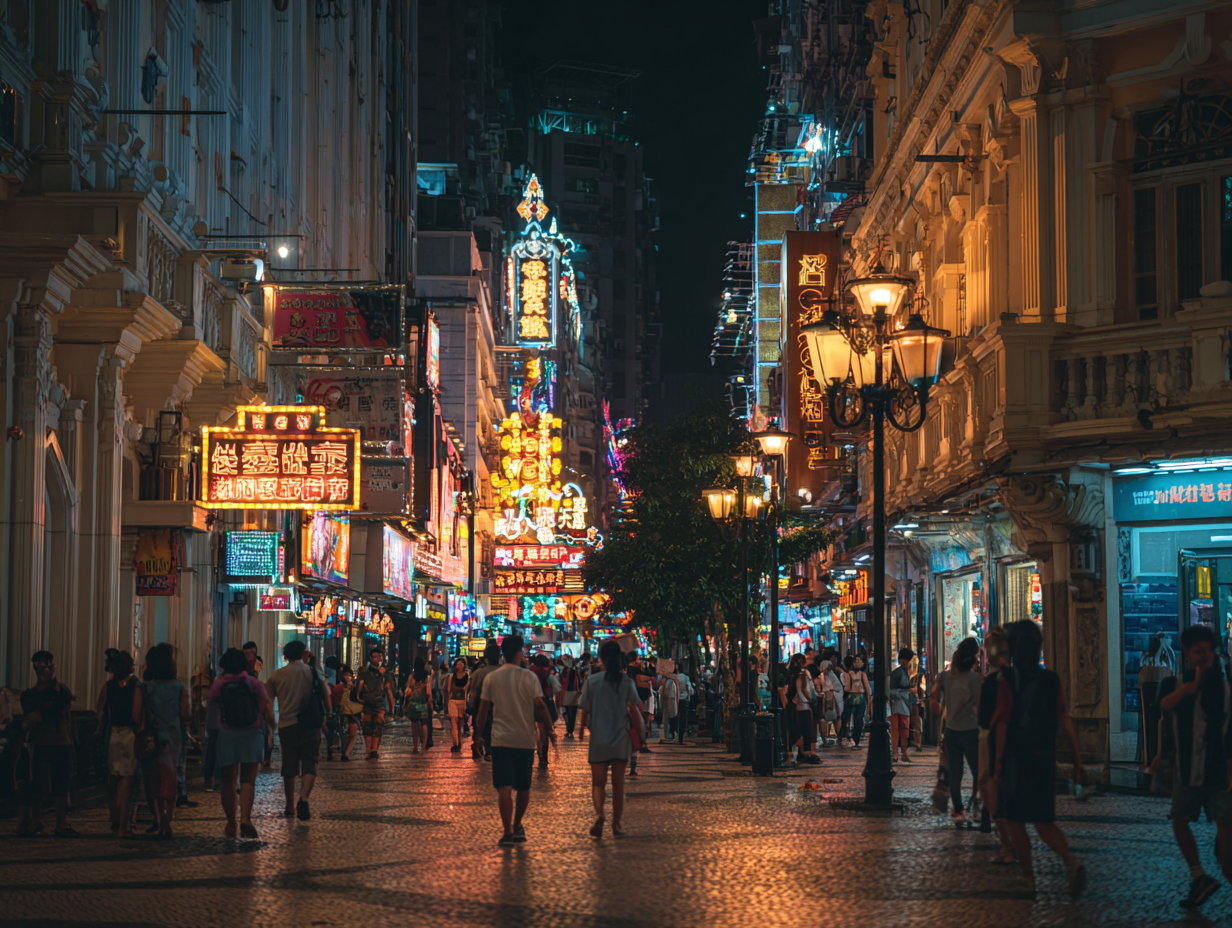What if you are standing at an airport and suddenly witness a train rolling right across the runway instead of just seeing planes? This is exactly what Gisborne Airport in New Zealand is, where trains and aeroplanes are seen on the same runway but never at the same time. This airport makes the next wonder of the world, where a working railway line cuts directly across a main runway.
It is a small city with a one-of-a-kind airport, which is located on the eastern coast of New Zealand’s North Island. The airport is spread across 160 hectares and is intersected by the Palmerston North-Gisborne railway line, dividing the main runway nearly in half. The operating times of both the airport and railway lie between 6:30 am and 8:30 pm daily, after which they are closed.
The surprising part of this unusual setup is that trains and planes need to give way to each other because if an aircraft is passing through, a train will have to wait and vice versa. The most interesting part of it is that the airport controls the railway signals and halts trains when it is necessary to land or take off flights. And it also connects Gisborne to the nearby town of Muriwai.
What are the challenges?
At Gisborne Airport, the difficult part is to maintain timing as a train crosses the runway; it needs to stop and wait for permission from the air traffic control tower of the airport. Similarly, if a plane is required to take off or land, trains will have to be stopped until the runway is clear, and this condition applies vice versa for flights.
To keep passengers safe and operations smooth, airport staff and train operators always remain in constant contact with each other. This makes the management team at Gisborne Airport tackle the special challenge of ensuring trains and planes never meet at the crossing.
Surprisingly, the Wynyard Airport in Tasmania once had a similar pattern, but it ceased to operate in 2005. As a result, Gisborne was left with the only airport in the world where trains and flights are active on the same runway.



